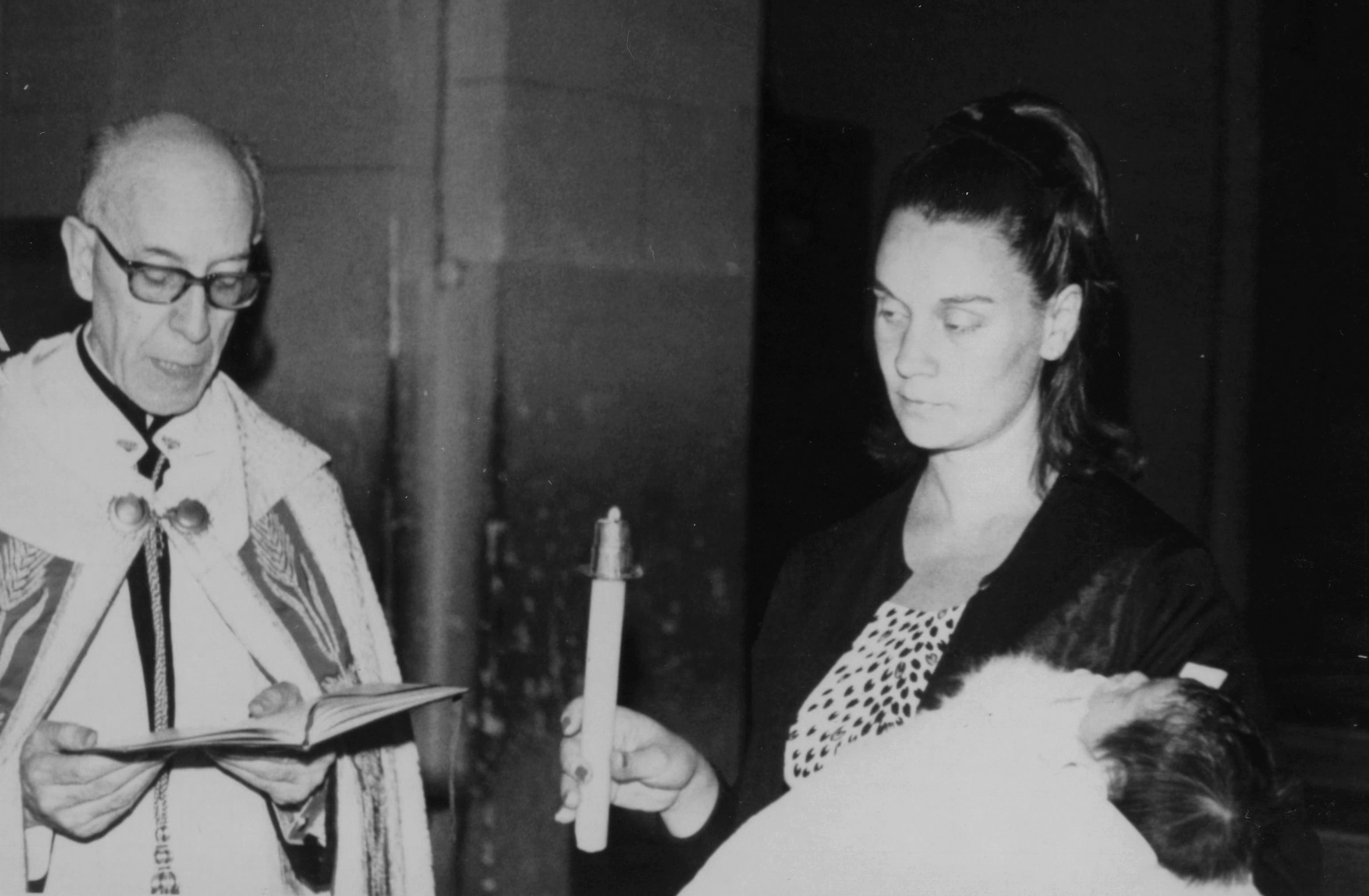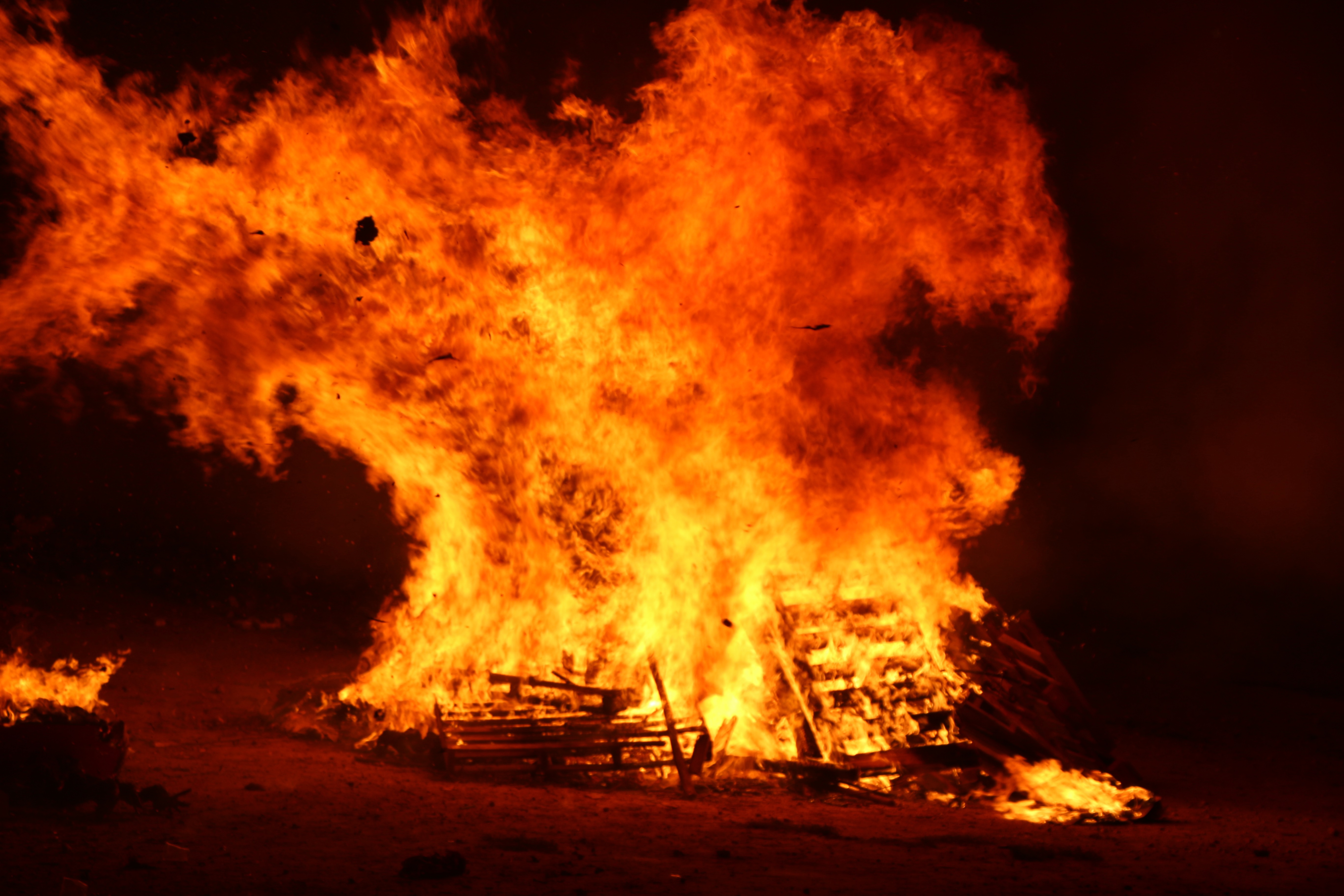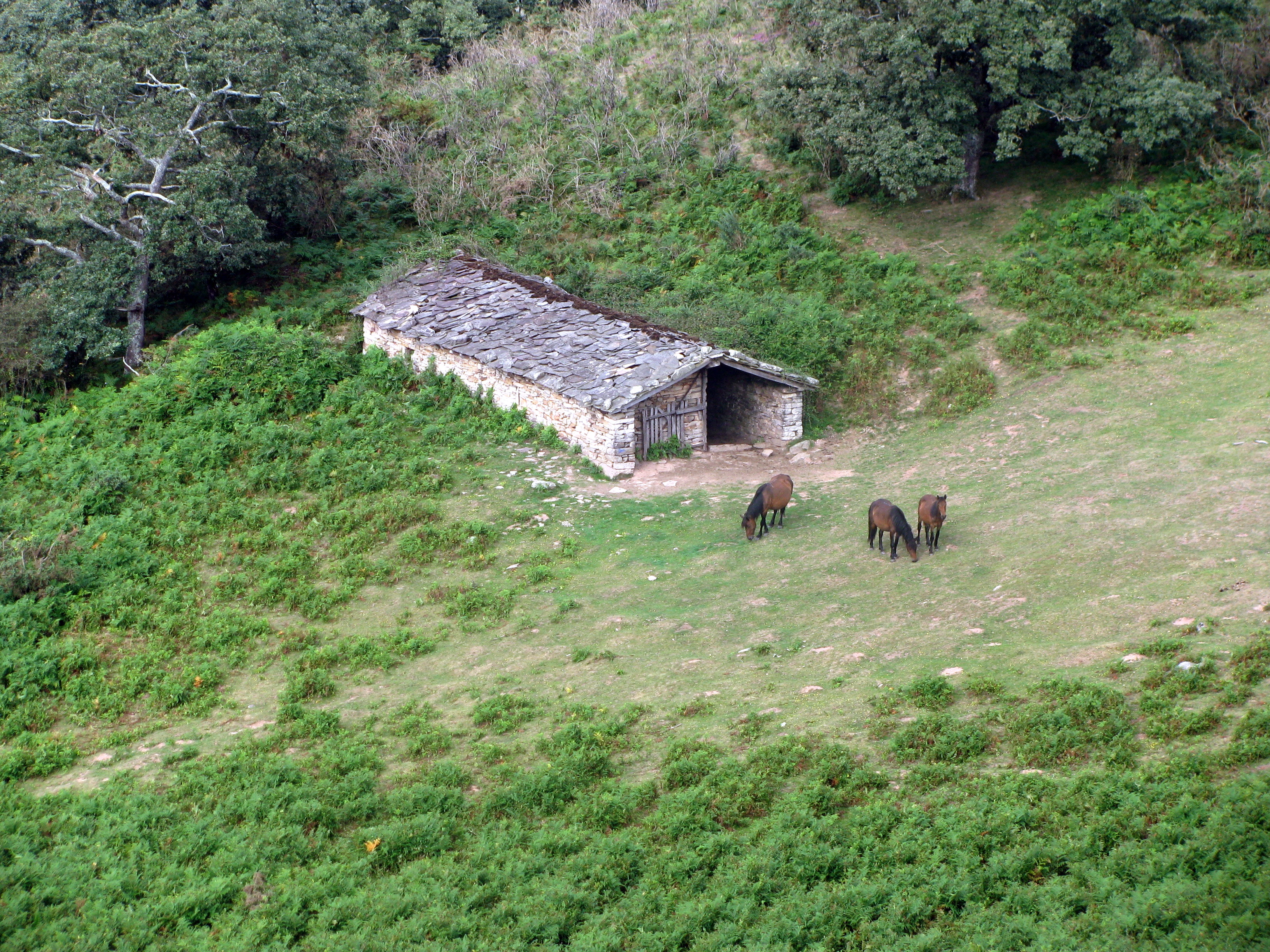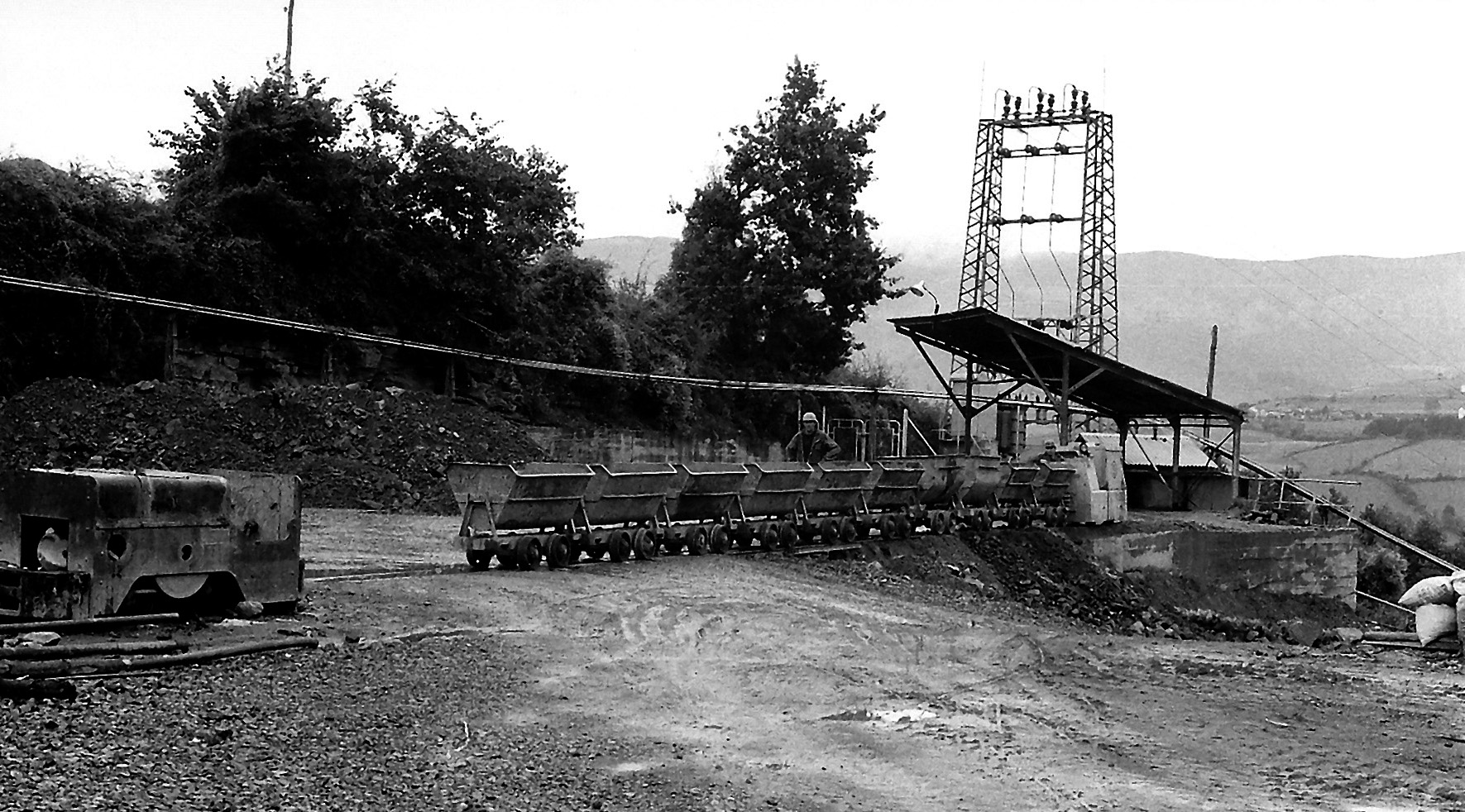Basque ethnography at a glance

Churching. Bilbao, 1967. Rafael Agirre. Labayru Fundazioa Photographic Archive.
Candlemas is the Christian festival held on 2 February to commemorate the Presentation of Jesus at the Temple and the Purification of the Virgin. The Christmas cycle begins on St Nicholas’ Day (6 December) and concludes with the visit of the Magi (6 January). Candlemas marks the start of the carnival season. Celebrations culminate on Shrove Tuesday and Lent follows. (more…)
I would like to make a reflection and express a point of criticism regarding the stubbornness of some ethnographers to develop complicated interpretations and mythological studies about the origin and meaning of certain festivals and customs. They make assertions that go against all logic and common sense. Refusing to see reality as it is, ancestral origins and esoteric meanings are claimed. They construct picturesque, fictitious and fantastic theories and hypotheses that can only be the result of a lack of good sense and an unreasonable use of works such as The golden bough: a study in magic and religion by J. G. Frazer or Fiestas populares e insólitas [Extraordinary popular celebrations] by Juan G. Atienza. (more…)
Does the equine species found in prehistoric cave paintings represent the pottoka? Or is the pottoka the domesticated descendant of the horses introduced in the early centuries before Christ? Is it a breed according to the English model of the 18th century based on calibration standards? The population of pottokas is the result of centuries-old crossbreeding of Arab horses, military horses, smuggled horses… From Zuberoa to the farthest end of Bizkaia, different regional subtypes inhabit both sides of the mountain ranges. The ancestry of all such lineages is largely ignored. Their peculiar polymorphism has, however, not been an obstacle in the identification of an undeniable type officially recognised by the Haras, or French public body responsible for the regulation and administration of horse breeding, whose breed standard is now well established. (more…)
Ángela is the name of an ancient mine situated in lands under the Matienzo council jurisdiction in the Valley of Carranza (Bizkaia) characterised by the presence of numerous sulphide ore deposits: galena (lead), sphalerite (zinc) and fluorite (fluorspar).
The earliest extraction activities took place between 1929 and 1931, reaching only shallow layers of galena. Starting in the 1940s to the end of 1964, the seams of lead were further exploited by the mining company Sierra de Gredos S.A. The construction of the shaft or main access tunnel up to a depth of 286 metres was undertaken for that purpose, the entrance to the mine being located in a spot known as Las Veneras half a kilometre away from the neighbourhood of Matienzo. (more…)




